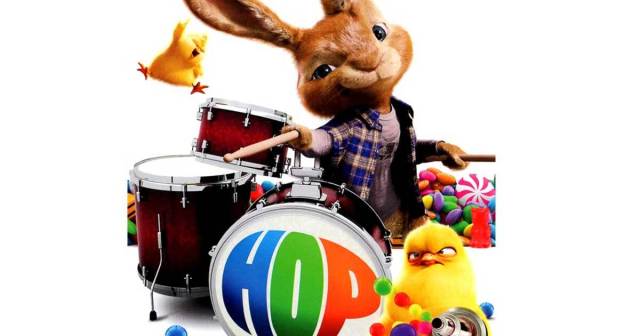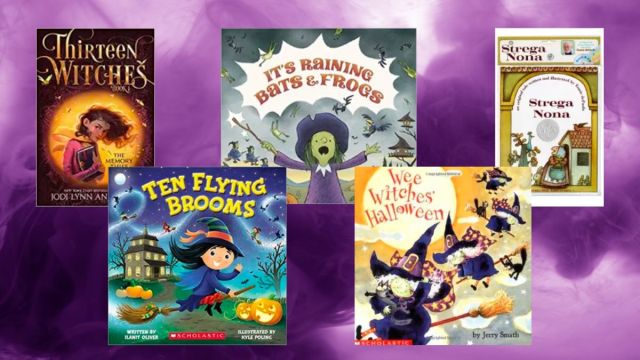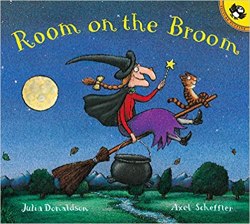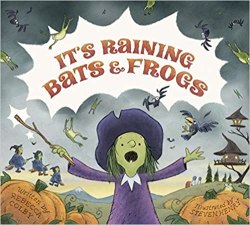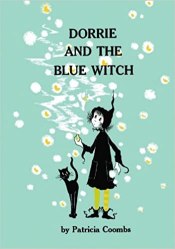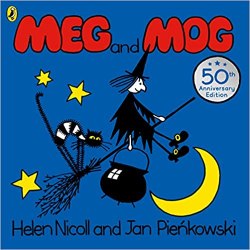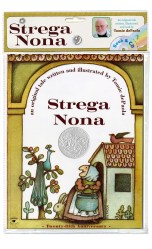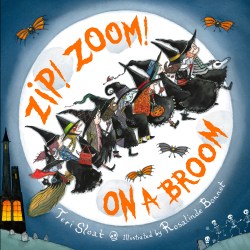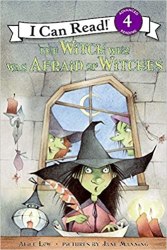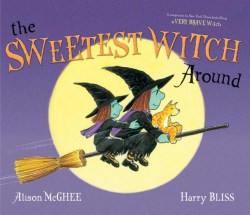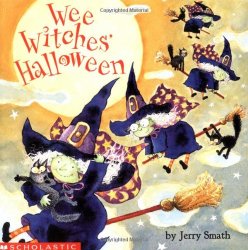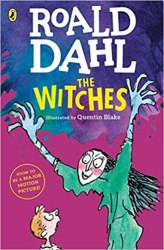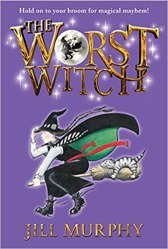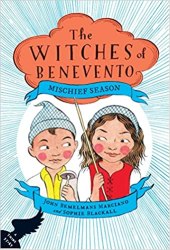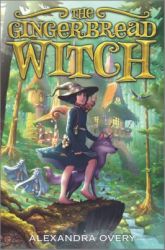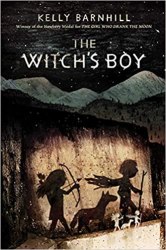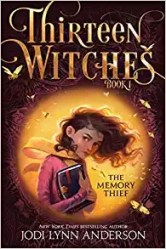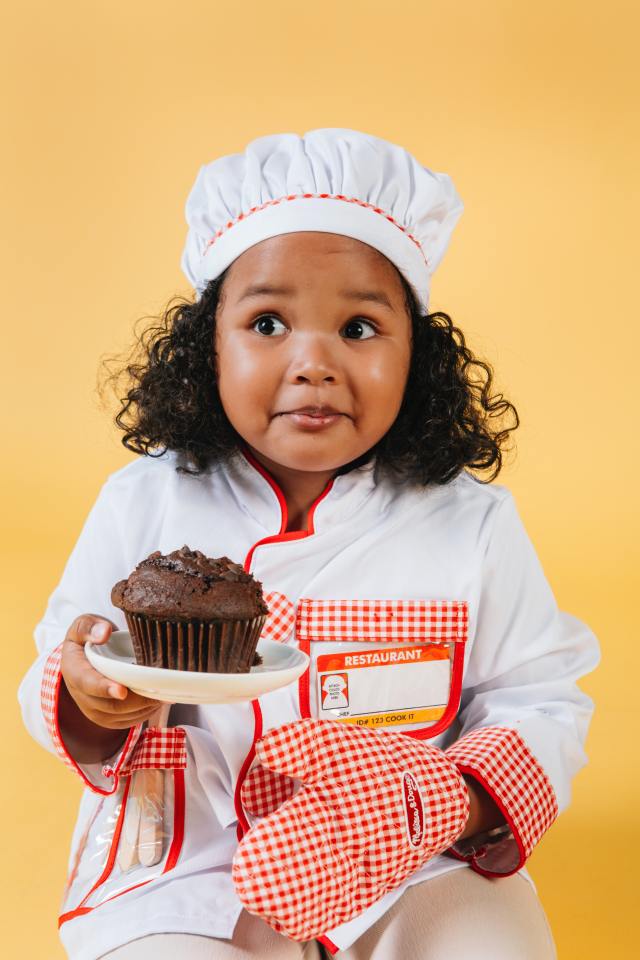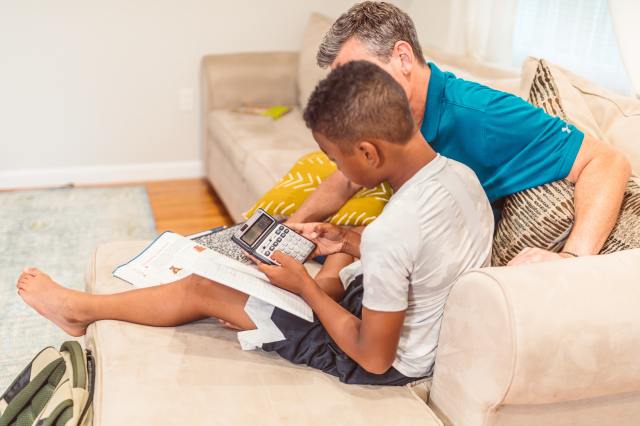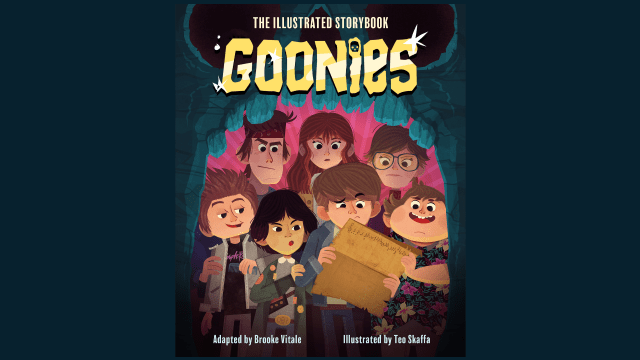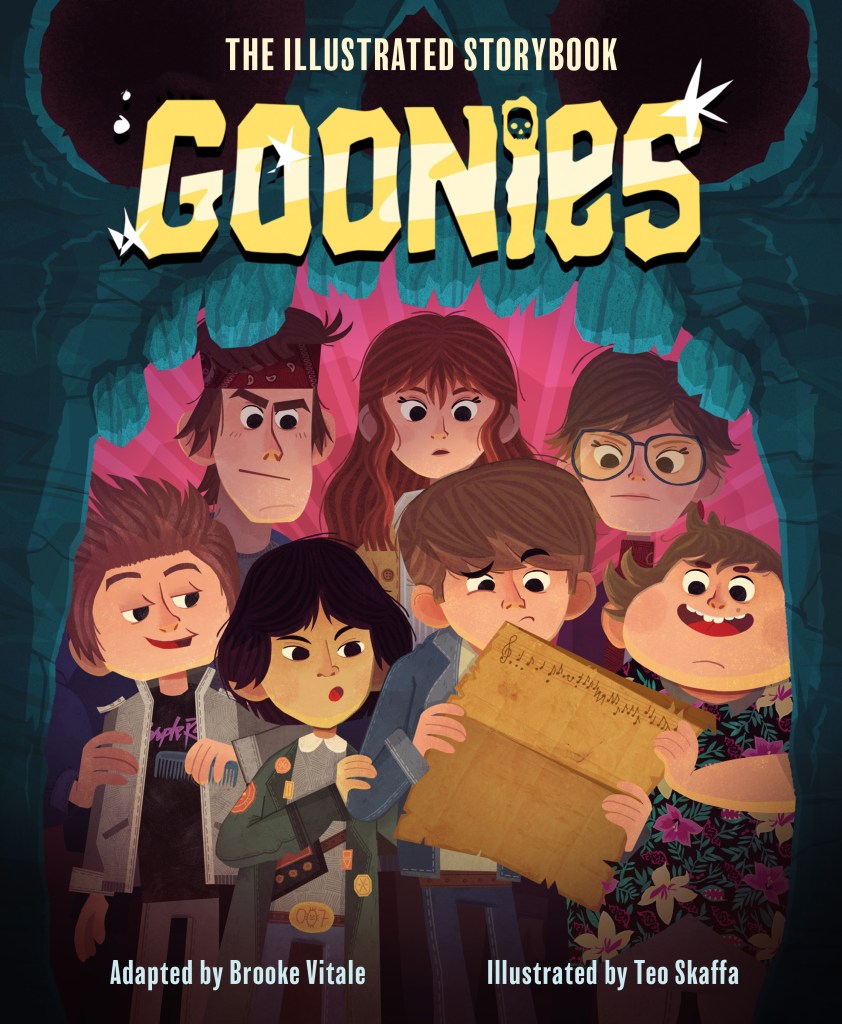Hop into spring with these Easter movies that are perfect for kids. From Easter Parade to The Dog Who Saved Easter—and everything in between—put these stories on your movie night bucket list, stat. You’ll find these Easter movies on Disney+, Netflix, and more of your favorite streaming choices. Keep reading for our favorite Easter movies for kids that are sure to delight your Flopsy, Mopsy, and Peter Cottontails.
Hop
Hop may just give the adults in the room a case of the jitters, but the movie is cute enough—and who doesn’t love Russell Brand, after all—that we can get beyond the main coming-of-age theme (Really, don’t give them any ideas about growing up, and maybe it just won’t happen, right?). This animated flick is about the relationship between the Easter Bunny and his adult(ish) son who moves to Hollywood to pursue his dream of being a rock star.
Recommended for ages 5 & older
Universal Pictures, 2011
Common Sense Media Review: Hop
Rated PG
Easter Parade
Loaded with great Irving Berlin songs, this 1948 musical is wholesome, straightforward, and entertaining. Known as “The Happiest Musical Ever Made,” you and the kiddos will be tap-dancing your way to your nearest Easter parade with high expectations.
Recommended for ages 6 & up
MGM/UA, 1948
Common Sense Media Review: Easter Parade
Not rated
Bugs Bunny Easter Funnies
Looking for a classic comedy with an Easter theme? Look no further. These cartoons are strung together and are united by what you’d most likely expect—a set of bunny ears and plenty of slapstick humor.
Recommended for ages 5 & up
Warner Home Video, 2010
Common Sense Media Review: Bugs Bunny Easter Funnies
Not rated
The First Easter Rabbit
For a non-religious story about Easter, this animated musical tale will remind you of classics like Frosty the Snowman and Rudolph the Red-Nosed Reindeer. But get ready—after watching this Easter movie for kids, your littles will be code red for dying eggs and frolicking in the grass.
Recommended for ages 3 & up
Warner Home Video, 2010
Common Sense Media Review: The First Easter Rabbit
Not rated
Wallace & Gromit: Curse of the Were-Rabbit
When Wallace’s attempt to re-program rabbits to NOT eat the town’s veggies goes wrong, the iconic duo is faced with an ever bigger challenge—dealing with a were-rabbit. Parents should be warned that there are somewhat scary scenes of a cute rabbit transformation ala werewolf style, and like classic horror movies (think Frankenstein) the townspeople hunt the monster with guns. Overall, a fun movie for older kids.
Recommended for ages 7 & up
Dreamworks, 2005
Common Sense Media Review: Wallace & Gromit: Curse of the Were-Rabbit
Rated G
Related: 20 Sweet Easter Basket Stuffers (That Aren’t Candy)
Peter Rabbit

While this version of Peter Rabbit may be a bit edgier and more action-packed than the stories you remember from the classic Beatrix Potter books, you’ll still find Old Mr. McGregor, Peter, and all the animals on the McGregor farm. But don’t expect a peaceable kingdom—life’s tough if you’re on the run, and Peter relies on his street smarts to survive. And if you haven’t seen Peter Rabbit 2, this might be the perfect opportunity for a double feature!
Recommended for ages 7 & older
Columbia Pictures, Sony Pictures Animation, 2012
Common Sense Media Review: Peter Rabbit
Rated PG
The Dog Who Saved Easter
If you’ve fallen in love with retriever Zeus in any of the previous Dog movies, you won’t be disappointed in The Dog Who Saved Easter. Expect plenty of humor, a lot of cuteness, and a touch of puppy love (for humans and dogs, alike) in this Easter movie for kids.
Recommended for ages 6 & up
Digital Filmz International, 2014
Common Sense Media Review: The Dog Who Saved Easter
Rated PG
Here Comes Peter Cottontail
This Rankin-Bass classic is perfect for preschoolers not already disdainful of low-tech special effects and jerky stop-action animation. If your kiddos can see past the lack of flashy animation, they’re in for a wholesome treat.
Recommended for ages 4 & up
Classic Media, 1971
Common Sense Media Review: Here Comes Peter Cottontail
Not rated
Yogi the Easter Bear
You can expect all of Yogi’s usual antics, like stealing picnic baskets and wreaking havoc on the Easter Jamboree at Jellystone, in this classic Hannah-Barbera holiday hit.
Recommended for all ages
Hannah-Barbera, 1994
Common Sense Media Review: None
Not rated
Related: The Best Easter Bunny Ideas You Can Easily Pull Off
Rabbit School: The Guardians of the Easter Eggs
When a streetwise bunny discovers that the mythical Rabbit School is real, he starts on a journey of self-discovery and finds that no matter your past, you can make a change for the better. Will Max gain Easter Bunny status?
Recommended for ages 8 & up
Viva Pictures 2018
Common Sense Media Review: Rabbit School: The Guardians of the Easter Eggs
Rated G
Zootopia

While this isn’t an obvious Easter-themed movie, it does feature a pretty strong rabbit lead. This fast-paced tale tells the story of police rabbit Judy Hopps who is determined to see her investigation through, no matter what. The message of courage, tolerance, and teamwork comes through tons of memorable characters and lots of laughs.
Recommended for ages 8 & up
Disney, 2016
Common Sense Media Review: Zootopia
Rated PG
Who Framed Roger Rabbit
Ok. This is decidedly NOT an Easter movie, but if you’re looking for something heavy on entertainment as well as rabbits, this is your jam. Combining live-action and animation, Roger Rabbit is a detective story with hilarious twists and double-crosses.
Recommended for ages 12 & up
Touchstone Pictures, 1988
Common Sense Media Review: Who Framed Roger Rabbit?
Rated PG
Watch it here on Disney+ or rent it on Amazon.
The Velveteen Rabbit
While this classic story takes place during Christmas, the central characters are bunnies, and you can’t beat the sweetness of this story. Based on the book by Margery Williams about a soft rabbit—and his buddies—that comes to life—it is a story about an only child finding a world of imagination, where love makes you who you are.
Recommended for ages 5 & up
Family1 Films, 2009
Common Sense Media Review: The Velveteen Rabbit
Rated G
Winnie the Pooh: Springtime with Roo
What happens when Rabbit decides to replace Easter with Spring Cleaning Day? His pals from the Hundred Acre Wood—led by little Roo—come to the rescue and help Rabbit see the error of his ways, of course!
Recommended for ages 4 & up
Walt Disney Pictures, 2005
Common Sense Media Review: Winnie the Pooh: Springtime with Roo
Rated G
Easterland
The villain Bad Clyde has cast an evil spell that banishes the Benny Easter Bunny to the Land of the Holiday Misfits, it’s up to Santa Claus and a few sidekicks to travel from the North Pole across realms to rescue Benny and save Easter for all the children.
Recommended for ages 4 & up
Gravitas Adventures, 2019
Common Sense Media Review: none
Rated G
—with additional reporting by Taylor Clifton
